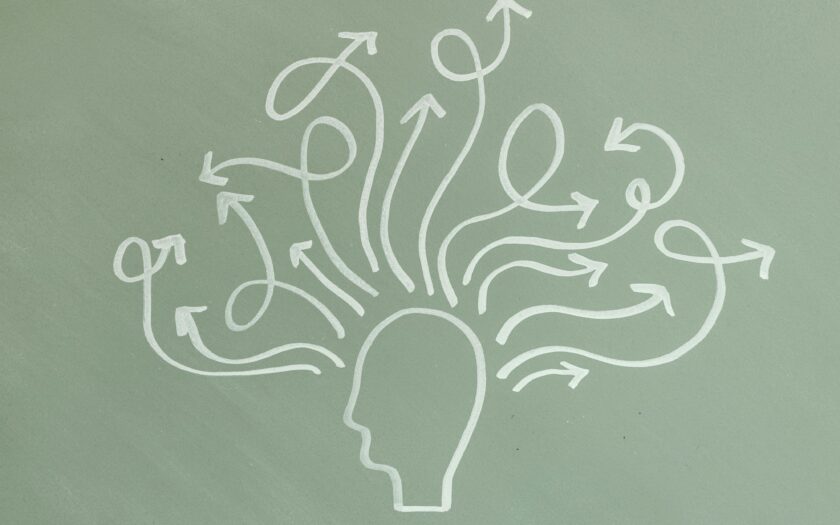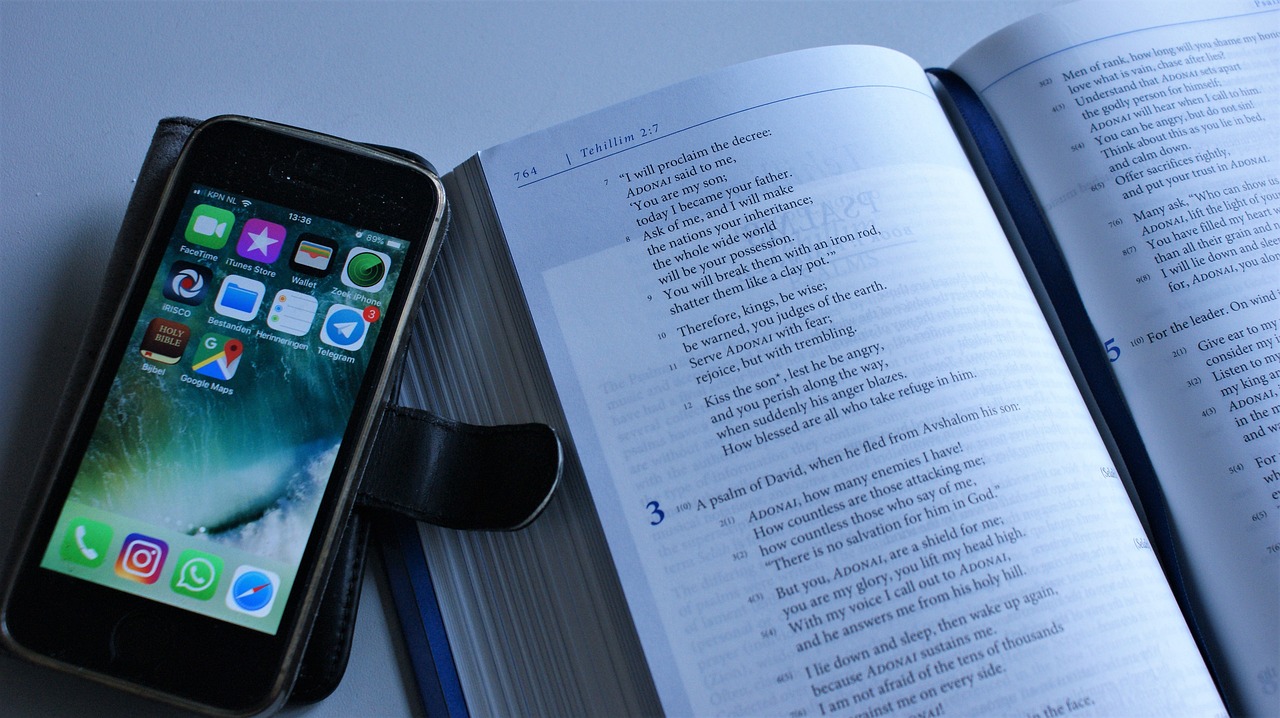The Flow State. What if I told you that 2 hours of focused studying could be more effective than 10 hours of scattered effort?
Sounds like a scam, right?
That’s what I thought—until I learned how to enter a flow state focus consistently. After over 1,200 hours of deep work and coaching 50+ high performers, I can confidently say that mastering flow is the secret weapon behind rapid learning, boosted memory, and academic success.
Here’s exactly how to tap into it.

What Is Flow (and Why It’s a Superpower)?
Flow State Focus is that magical state where you lose track of time because you’re so immersed in the task. You may have felt it while gaming, writing, drawing, or coding—when hours feel like minutes.
Turns out, it’s not magic. It’s neuroscience. And a McKinsey study showed that being in a flow state can make you up to 400% more productive.
Translation:
2 hours of flow = 8–10 hours of normal study.
And yes, you can train yourself to enter flow on demand.
Step-by-Step: How to Trigger Flow Daily
1. Start Studying Within 15 Minutes of Waking Up
Yes, seriously.
When you’re still a bit groggy, your brain enters a highly focused state called deep embodiment. It’s one of the strongest flow triggers.
Don’t waste that window. Skip the phone scroll and start your first task within 5–15 minutes of waking. Prioritize your most important task first. Nail it, and the rest of your day becomes easier.
Your morning energy sets the tone for the rest of your day. Use it wisely.
2. Chase the Struggle, Not Comfort
Flow has a 4-phase cycle:
Struggle → Release → Flow → Recovery
Most people quit at the “struggle” phase—the part where it feels hard to get started. But that struggle is necessary. It activates your brain, focuses your attention, and sets up the “release” that leads to flow.
Aim to work on tasks that are just 4% harder than your current skill level. That slight challenge creates what scientists call the “Flow Channel”—where you’re neither bored nor anxious, just fully immersed.
3. Ignore Cravings, Walk Through the Fire
It takes 20–28 minutes to enter a focused flow state. During that time, you’ll face distractions: checking your phone, hunger, random impulses.
Push through.
Make distractions harder to reach. Leave your phone outside the room. Use a focus timer. Belt yourself to your chair if you have to.
Once you get past the first 15 minutes, it gets way easier. You might even start to enjoy it.
4. Simplify Everything
Forget the aesthetic Notion dashboards and color-coded planners.
You don’t need more complexity. You need clarity.
Why? Because clarity is one of the most powerful flow triggers. Think of a video game: you always know your next mission. That’s what your study setup should feel like.
Here’s all you really need:
A simple, prioritized to-do list
(Optional) A basic habit tracker
That’s it. Simplicity → clarity → focus → flow.
5. Recover Like a Pro
Flow is powerful—but it also drains your brain. After a few hours, you’ll feel mentally tapped out. That’s because flow uses up high-cost chemicals like dopamine and serotonin.
To stay productive all day, treat recovery as seriously as the work itself.
Use:
Breathwork (find a 5-min video on YouTube)
Short bursts of exercise
Quality sleep
These help reset your brain and replenish the “fuel” needed for your next flow session.

6. Control Your Dopamine Curve
Here’s where most people sabotage their entire day.
They wake up and immediately chase dopamine hits: scrolling TikTok, snacking, or watching videos. That spikes your pleasure levels—and makes studying feel painfully dull in comparison.
Then the guilt kicks in. You feel bad for procrastinating. So you seek more dopamine to escape that guilt. The result? A loop of distraction.
Fix it:
Delay dopamine hits until after deep work.
Start the day with study → end the day with rewards.
This is how top performers design their day for flow and consistency.
7. Train Your Focus Like a Muscle
Want to stay in flow longer? You need to build your “intentional space”—your brain’s capacity to hold attention.
Best training tools:
Meditation (5–15 minutes daily)
Reading real books (yes, physical ones)
Meditation teaches you how to refocus when distracted. Reading strengthens sustained attention. Together, they expand your focus bandwidth so studying becomes easier and deeper.
📌 Final Thoughts: Study Less, Achieve More
The secret isn’t doing more work—it’s doing deep work.
By learning how to enter a flow state, you’ll stop wasting time, eliminate distractions, and finally study in a way that actually sticks. No more 9-hour grinds with nothing to show for it.
Try it tomorrow:
Wake up and start your first task within 15 minutes.
Push through the first 20 minutes.
Simplify your plan.
Stay off your phone.
Recover right.
Study like this for 2–3 hours and watch how your results compound.
If you found this helpful, stay tuned. I’m writing more posts on efficient study systems, deep work, and how to actually remember what you learn—without burning out.
Let’s make studying smarter, not harder.